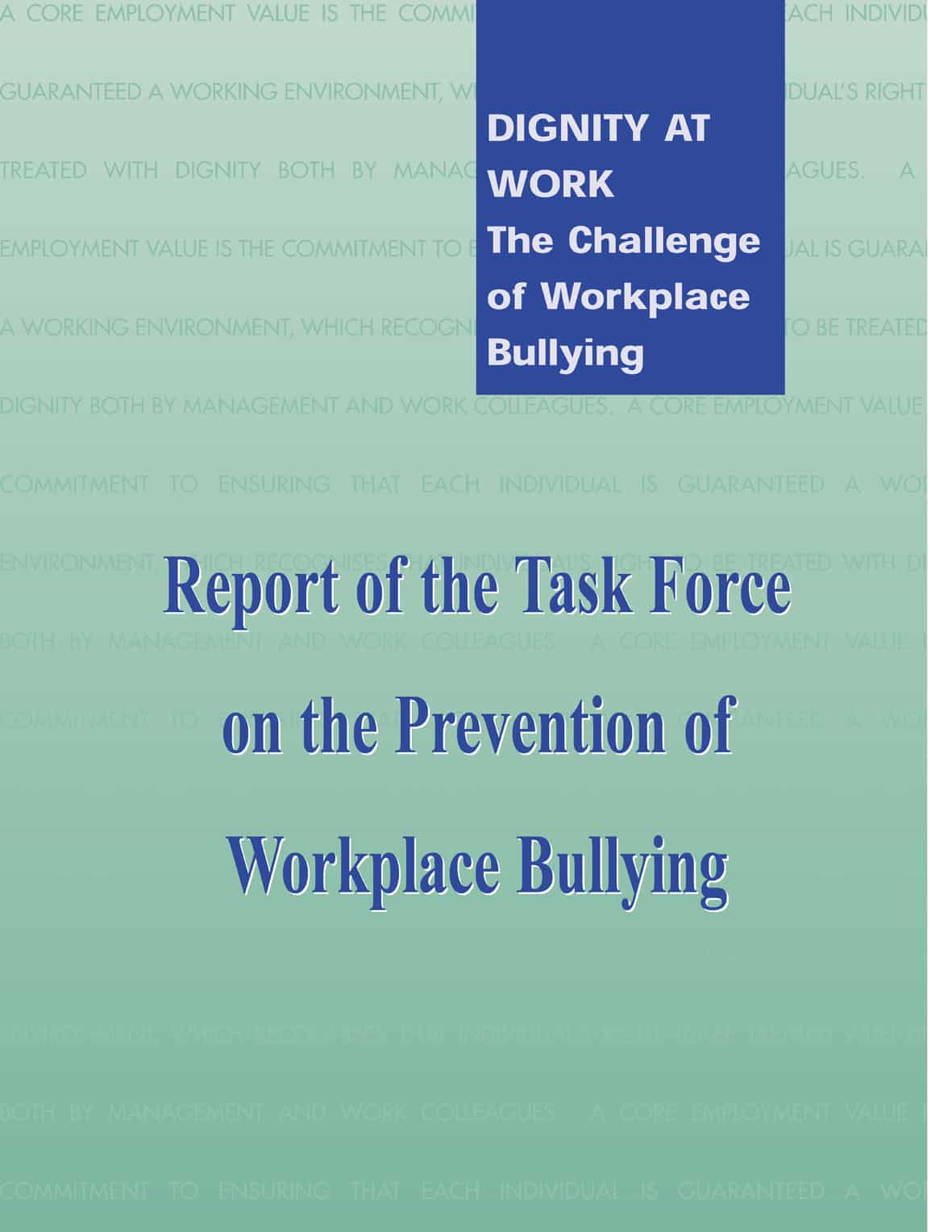For several years now evidence has been growing that nightshift is unhealthy. Nightshift and other shiftwork can produce digestive problems, fatigue and impairment, increased breast cancer risks……. OHS and workplace experts seem to avoid the question “should nightshift be allowed?”
Recently, a senior executive met with nightshift staff in a remote branch office. The nightshift work was office- and computer-based. The executive described nightshift as a “lifestyle choice”. This comment infuriated some of the more placid employees to speak up and take the executive to task. Their point was that the job has deadline constraints that have existed for well over twenty years but this does not mean that any of the employees would not jump at the chance of undertaking the same tasks in daylight. Could the nightshift tasks be undertaken in daylight, in a new shift arrangement and still meet the client’s information needs? The question had not been asked and, as a result, nightshift became the unquestioned status quo. Status quo meant that any health hazards associated with the work were similarly seen as unchangeable and therefore not worth assessing. Continue reading “Only vampires work nightshift”


